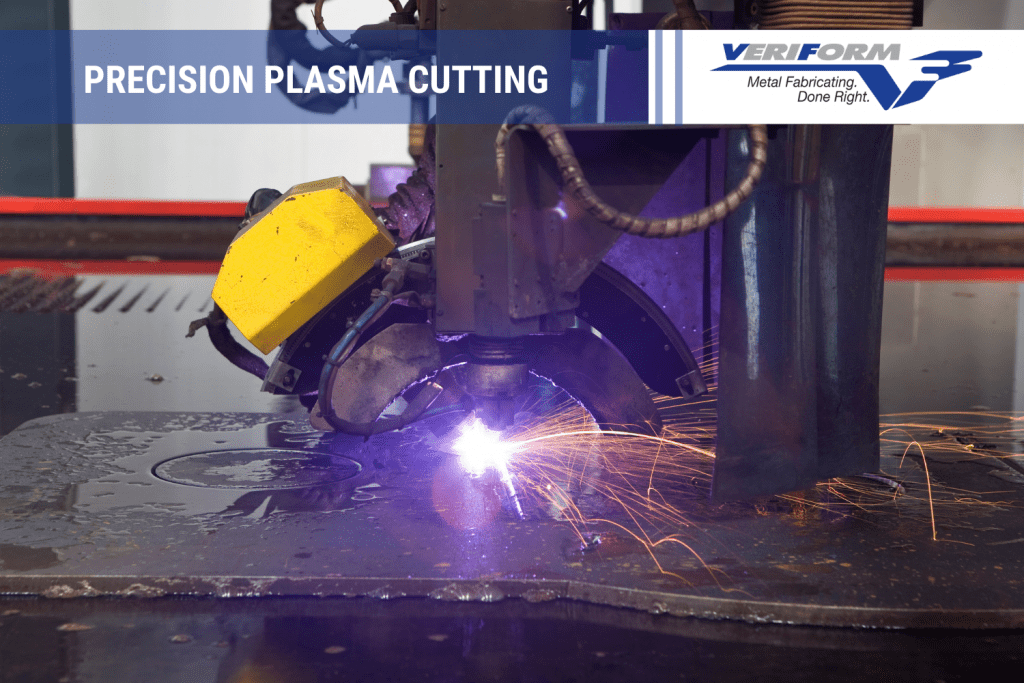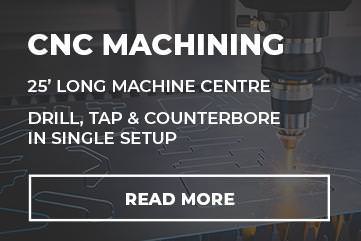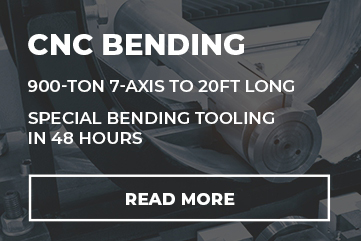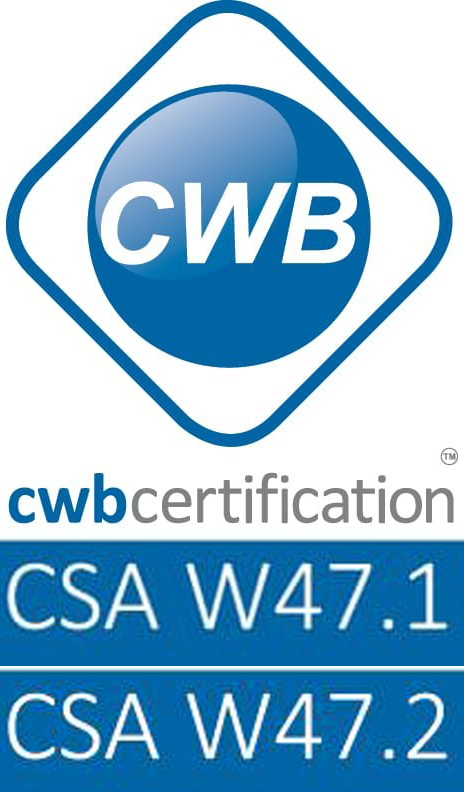News
Precision Plasma Cutting

What started as a simple technique to cut metals has now developed into a highly efficient and productive tool for fabrication shops. Built off of plasma welding in the 1960s, plasma cutting is a widely used method to carefully cut metals. While early cutting technology was slow, expensive, and large, precision plasma cutting now offers greater flexibility and speed in cutting various shapes based on instructions programmed into the CNC machine.
Plasma cutting is widely employed in the construction and fabrication industries due to its high speed, precision, and cost-effectiveness. Whether you want to create artwork or manufacture finished products, precision plasma cutting provides you with unlimited possibilities for cutting stainless steel, aluminum, and other metals.
This article will talk about how precision plasma cutting works, its benefits, applications, and recommended solutions.
How Precision Plasma Cutting Works
Simply put, an accelerated jet of hot plasma cuts through workpieces made of electrically conductive materials. Conductive gas with a temperature of up to 30,000 C turns precision plasma into an effective cutting tool. Steel, aluminum, brass, copper, and stainless steel are typical materials that are cut using this technique.
The fundamental function of plasma cutting is the creation of an electrical channel of electrically ionized, highly heated gas from the cutter. High-speed plasma and compressed gas blow the workpiece away and cut it with great precision.
A high-precision plasma cutting machine concentrates more energy in a smaller area, which helps fabricators produce precision cuts with less top-edge rounding, less bevel, and a narrow kerf. Such precision tools can play a central role in many manufacturers’ success.
The Increasing Popularity of Precision Plasma Cutting
The demand for extremely accurate and high-quality products in a short time led to a surge in demand for precision plasma cutting and other advanced metal fabrication techniques. If you want to cut materials of different thicknesses and shapes with high accuracy and speed, you should consider using precision plasma cutting. Let’s take a look at some of the benefits of plasma cutting:
- Ease of use
Plasma cutters are often designed in a way that makes it easier for fabricators to move them wherever the job demands. Thus, they help fabricators accelerate productivity and operational efficiency.
- Versatility
A diverse range of metals can be cut using plasma cutting. This cutting technique is also effective when a fabricator has to cut several materials stacked on top of one another.
- Speed
If we make a comparison between traditional and plasma cutting tools, the latter clearly wins the race in terms of speed and time-saving. To be more precise, a plasma cutter can get the job done one-fourth the time of a traditional cutting tool. You don’t have to preheat a plasma cutter before cutting metal.
- Precision
When it comes down to cutting different shapes or angles with sheet metal, plasma cutting should be your first choice. A traditional cutter can’t produce such precision even when an experienced operator with a steady hand is operating it.
- Low price
Customers demand high-quality products at a lower price. It’s not possible to meet these expectations with old-fashioned machines. Precision plasma cutters not only cut things faster but also produce less waste, which leads to cost-effective metal fabrication processes. Less time spent on piercing means less money charged to customers.
Moreover, high-end plasma technology dramatically reduces the amount of heat. It avoids plate wrapping of thin materials. Safety is an additional feature of modern CNC cutting processes.
Applications of Precision Plasma Cutting
While manual plasma cutters are used for thin metal processing, scrap welding, trailer production, artworks, welding repair, and maintenance, CNC plasma cutting is used for more sophisticated jobs. Automotive repair and restoration, industrial construction, manufacturing, and scrapping industries widely use plasma cutting to process materials.
Types of Precision Plasma Cutting Offered by VeriForm,
At VeriForm, fabricators use high-definition plasma cutters that increase productivity and quality in cutting non-ferrous and ferrous materials. New plasma cutting technology enables them to produce improved cut quality than what had been previously possible with plasma cutting.
About VeriForm
VeriForm is a one-stop fabrication shop for customers looking for metal fabrication services in Canada. The company offers CNC precision cutting, bending, rolling, welding, and machining services to a broad range of industries.
Ready to take advantage of precision plasma cutting capabilities? Contact VeriForm to get a Free quote!








